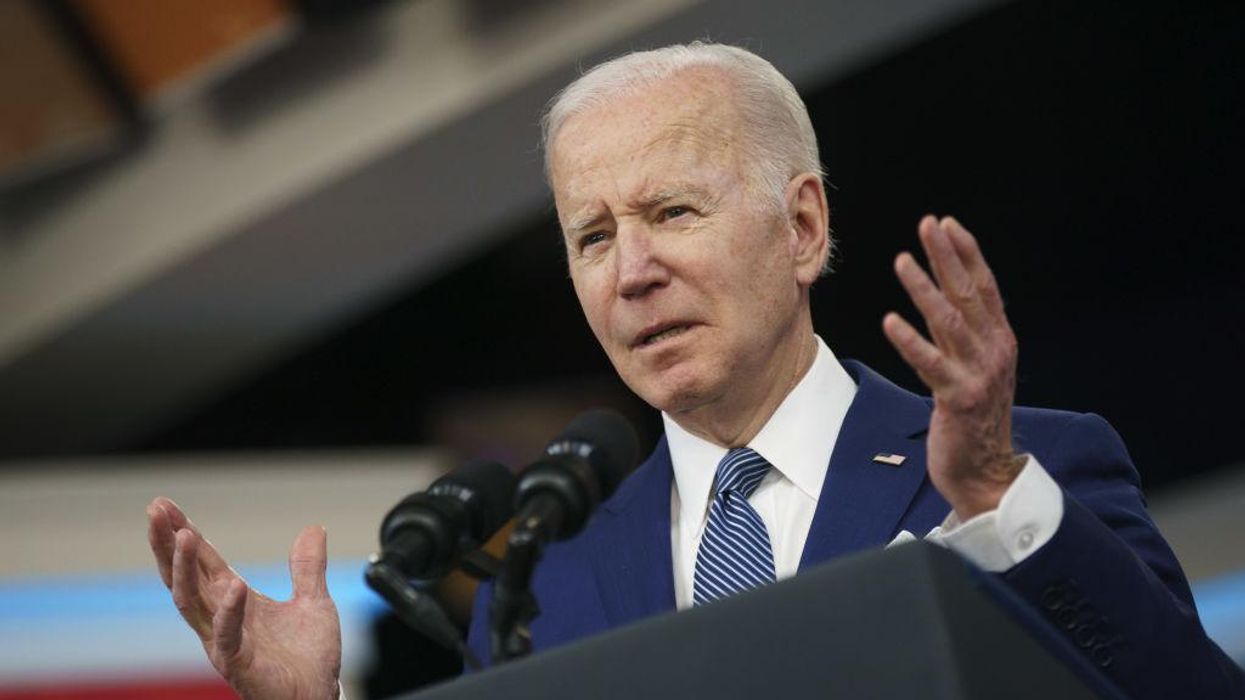
Ting Shen/Bloomberg via Getty Images

President Joe Biden is expected to sign an executive order on Wednesday directing the federal government to move forward with the development and implementation of a digital U.S. dollar.
Biden’s executive order, which is also expected to address outstanding issues the federal government has pertaining to cryptocurrencies, will require the Treasury Department, the Commerce Department, and other key agencies to prepare reports on “the future of money,” especially CBDCs, or central bank digital currencies, Reuters reported.
The order also requires these departments to prepare reports on the different roles that cryptocurrencies play in the global economy and their role in the near future.
Officials in the Biden administration said that “wide-ranging oversight of the cryptocurrency market, which surged past $3 trillion in November, is essential to ensure U.S. national security, financial stability and U.S. competitiveness, and stave off the growing threat of cybercrime.”
Analysts reportedly view the long-awaited executive order as a pressing acknowledgment of the growing importance of cryptocurrencies and the possible risks they pose to American and global financial systems.
Biden’s executive order directs the federal government to determine what infrastructure is needed for the implementation of a CBDC.
In January, the U.S. Federal Reserve addressed Congress regarding whether or not the United States should embrace a fully digital currency.
In a report titled “Money and Payments: The U.S. Dollar in the Age of Digital Transformation,” the Federal Reserve detailed the current role that digital currencies — like Bitcoin and CBDCs — and digital payment processors play in the American economy.
The country’s central bank wrote, “While a CBDC could provide a safe, digital payment option for households and business as the payments system continues to evolve, and may result in faster payment options between countries, there may also be downsides.”
One such downside is the abundance of fraudulent activity occurring in the digital marketplace, warned the Federal Reserve. Other red flags raised were the preservation of monetary stability with an economy that is based entirely on a digital currency and the complete restructuring of the commercial banking system to accommodate a solely digital financial system.
Federal Reserve Chairman Jerome Powell said that the Federal Reserve is optimistic about “engaging with the public, elected representatives, and a broad range of stakeholders as we examine the positives and negatives of a central bank digital currency in the United States.”
Currently, nine countries have launched and implemented CBDCs, and 16 — including China — have begun development of CBDCs through pilot programs.